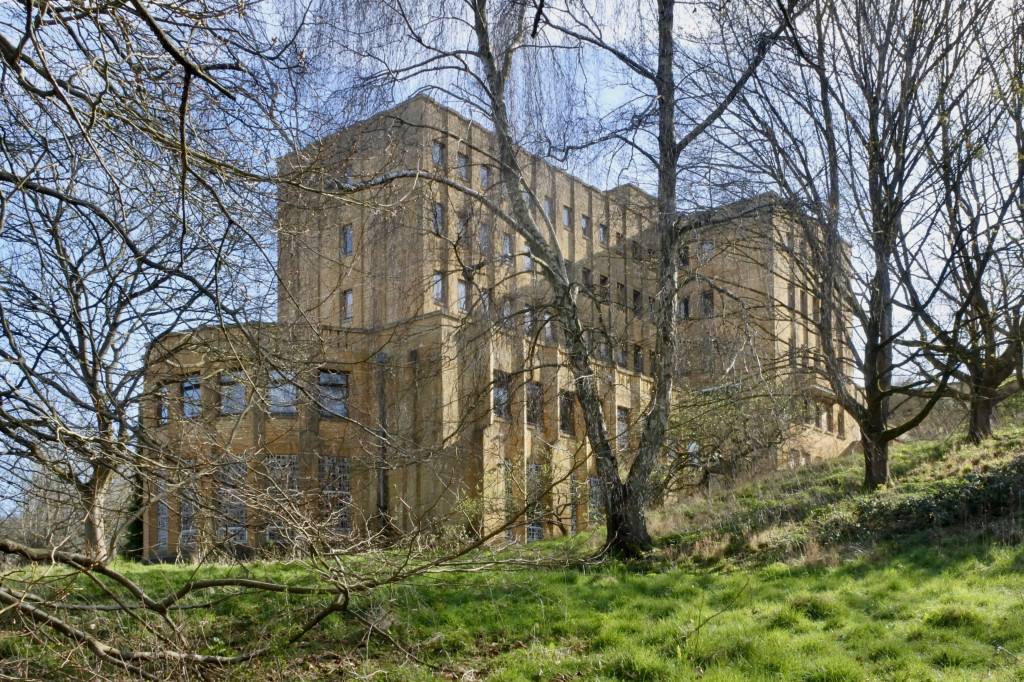Proposals are being brought forward for the refurbishment and redevelopment of the existing Prinknash Abbey building situated off the A46 near Cranham with a planning application due to be submitted in the autumn.
The original building was completed and occupied from 1972, but the monks moved to their current home in St Peters Grange in 2008. Various proposals for the site have been considered, the last being in 2018 to demolish the building and replace it with 10 houses. The application went to appeal which was refused. The current proposals seek to retain the whole of the existing building and convert it to residential dwellings as a mix of terraced houses and apartments.

Prinknash Abbey has been part of the landscape for over 50 years and its presence has come to be cherished by the local community, notwithstanding its size and severe appearance.
Bristol based developers Dillon Enterprises Limited are behind the proposals and have recently acquired the site from the monks.

Father Mark Hargreaves from the Abbey said: “We are delighted to see something happening with our old home and it being repurposed to good use. The building has started to show signs of deterioration from the elements and it is clear that without some intervention by way of redevelopment, it is likely that the building would be deemed unsafe and have to be demolished.”
A well attended community consultation event was held in September in Upton St Leonard at which the proposals were presented. Ian Walker from Dillon Enterprises said: “The retention and adaptive reuse of all of the building is really the only way that this landmark can be saved. Abandoning the building to deteriorate over time is not a realistic option.”

Robert O’Leary of O’Leary Goss Architects has been responsible for working up the design proposals: “Our vision for the building is to create a functional reuse with enhanced energy efficiency. Windows will be opened up to bring sunlight into the proposed dwellings and enhancing the original building form.
“Significant landscaping of the surrounding grounds will also be included. The future of this fine building and its place in the landscape will be secured for future generations.”






